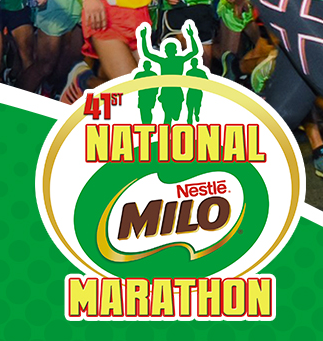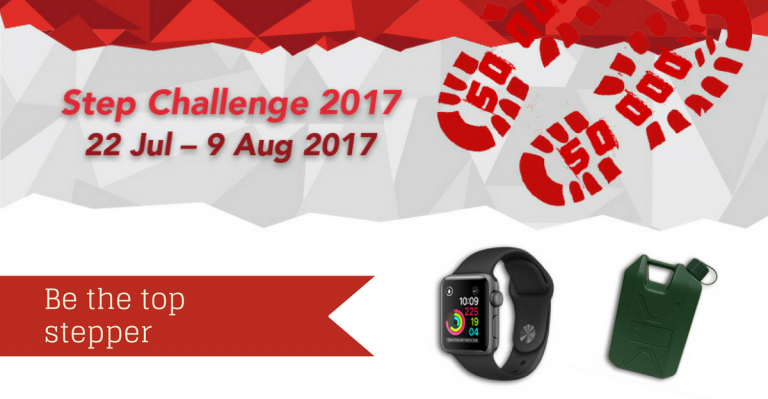Everyone is getting a heart rate monitor these days – be it a heart rate tracker or one that is embedded in your GPS watch. But forking out so much dough but not fully utilising your heart rate tracker seems a little wasteful doesn’t it? Well, if you’re going to be spending so much money on it, you’d better make sure you’re getting your monies worth. understanding what each heart rate zone means is key to fully utilise your workout and fitness tracker.
Your Resting Heart Rate
Your Resting Heart Rate refers to the number of times your heart beats in a minute. The RHR should be measured in the morning when you wake up. You are capturing one of the most important body metrics. The lower your RHR, the better your fitness is. You can use this as a denominator to base your improvement on fitness on.
Your Maximum Heart Rate
The general formula used to calculate maximum heart rate is 220 minus your age. So, for instance, if you are 27 years of age, your maximum heart rate should be 193 bpm. Going beyond 193 bpm poses a threat to your health because it is straining your heart. Remember that this is a general formula. Of course, the fitter you are, the stronger your heart is and able to withstand a higher maximum heart rate.
Search for a heart rate monitor device
5 Different Heart Rate Zones
There are 5 different training zones – the warm up zone, the fat burn zone, the cardio zone, the intense zone and the maximum zone. As the name tells, training at different zones brings different benefits to your body.
The Warm Up Zone
The warm up zone is 50 – 60 percent of your maximum heart rate. So if you are 27 years go age, this would mean 95 – 115 bpm would be your warm up zone. This although maintains general health, but does not increase strength nor endurance. This is a good zone to be at if you are just starting out to exercise or you have heart problems. Long slow runs or easy recovery runs are usually in this zone.
Workout: 10 – 15 minutes
The Fat Burn Zone
 Photo Credits: Missisauga Life
Photo Credits: Missisauga Life
This is the 60 – 70 per cent of your Maximum Heart Rate range. This is also the range you should be in should you be on easy recovery run days. The fat burn zone for a 27 year old would be 115 – 135 bpm. Training in this zone, your body gets more efficient at burning fat. You also build muscular endurance in this zone.
Workout: 1 – 2 hours
The Cardio Zone
70 – 80 per cent of your Maximum Heart Rate range is where most of your training should be done. You should feel comfortable enough to hold short conversation. This is for you to improve overall cardiovascular fitness because it increases the body’s efficiency in delivering oxygen to the targeted muscles. Your heart becomes stronger when training in this zone. This is to improve your speed endurance.
Workout: 1 hour
The Intense Zone
Hitting the 80 – 90 per cent range of your Maximum Heart Rate means you are in the Intense Zone. This is where you start to feel the zone. There is no conversation. Training in this zone improves your lactic threshold, speed and endurance. Here your body capitalises on Carbohydrates for energy instead of Fats.
Workout: < 1 hour
The Maximum Heart Rate Zone

Training in this zone meaning it is an all out effort. You probably would not be able to hold this pace for more than a couple of minutes. Unless you are reasonably fit, you should not be training in this zone. This is to train your heart to work at maximal capacity. You can safely incorporate workouts at Maximum Heart Rate by doing speed interval training.


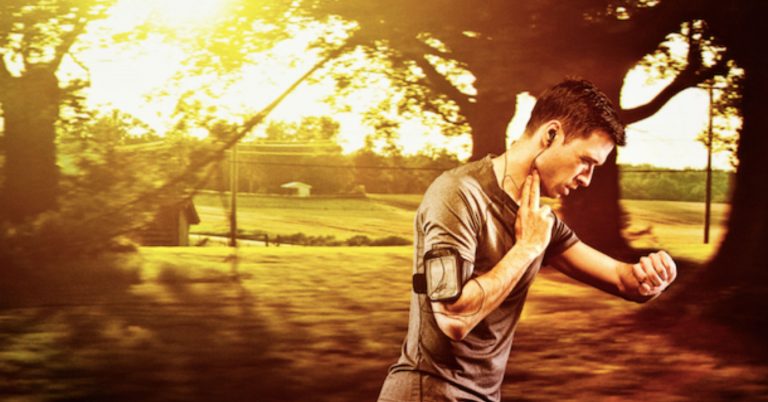

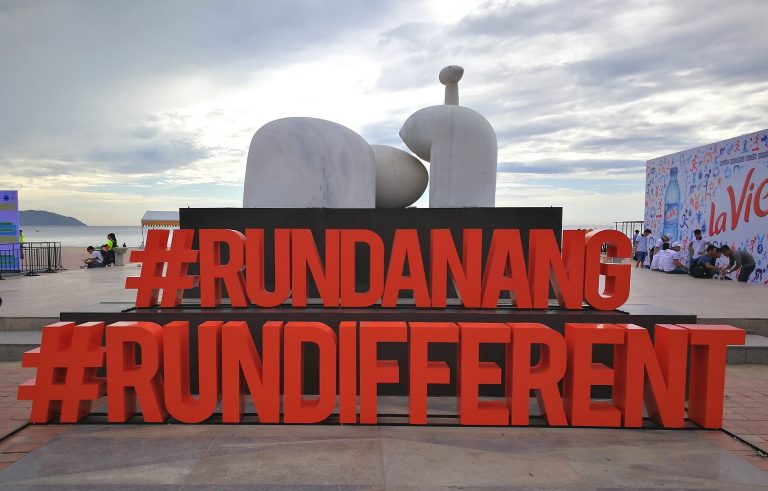
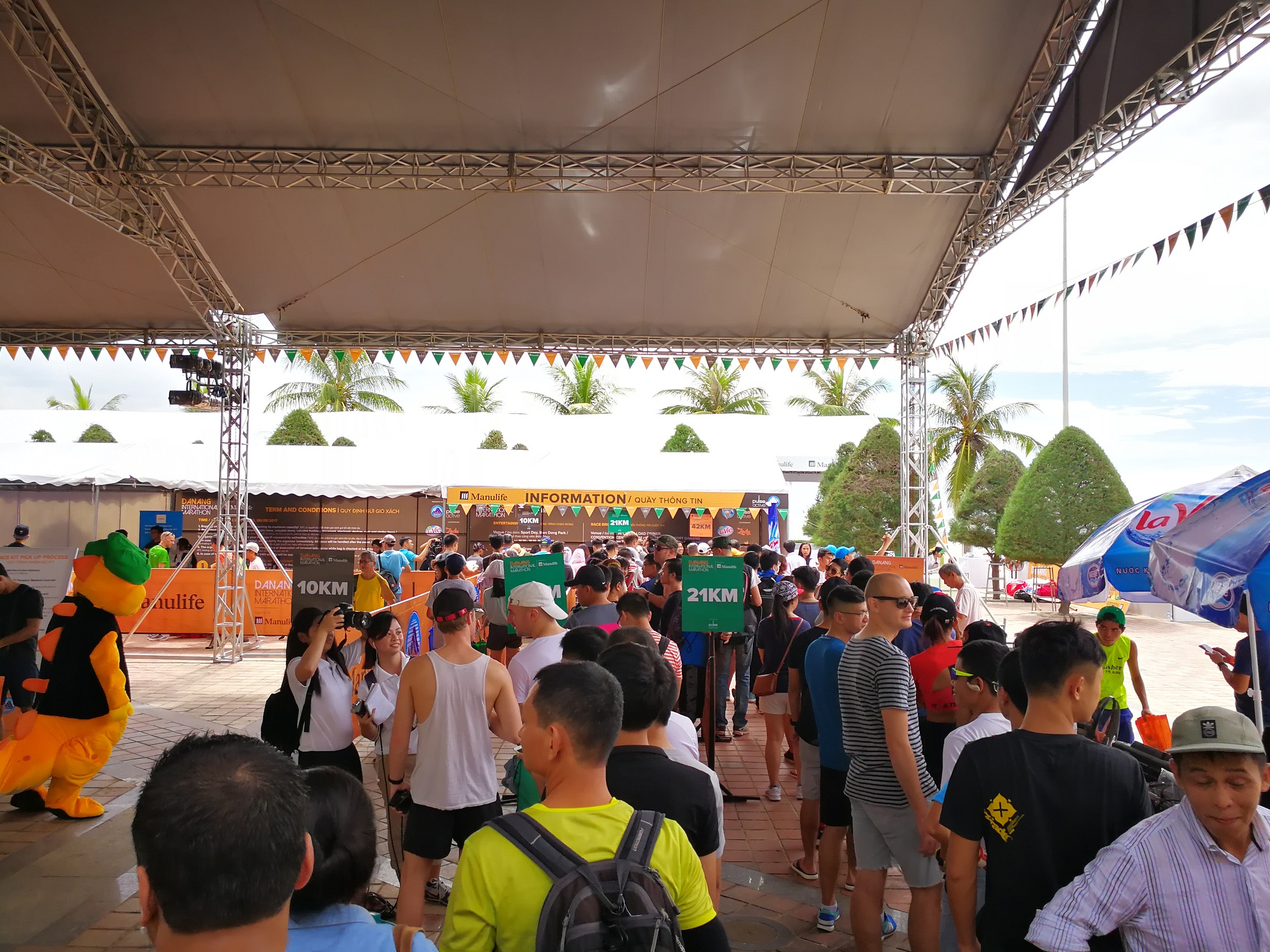
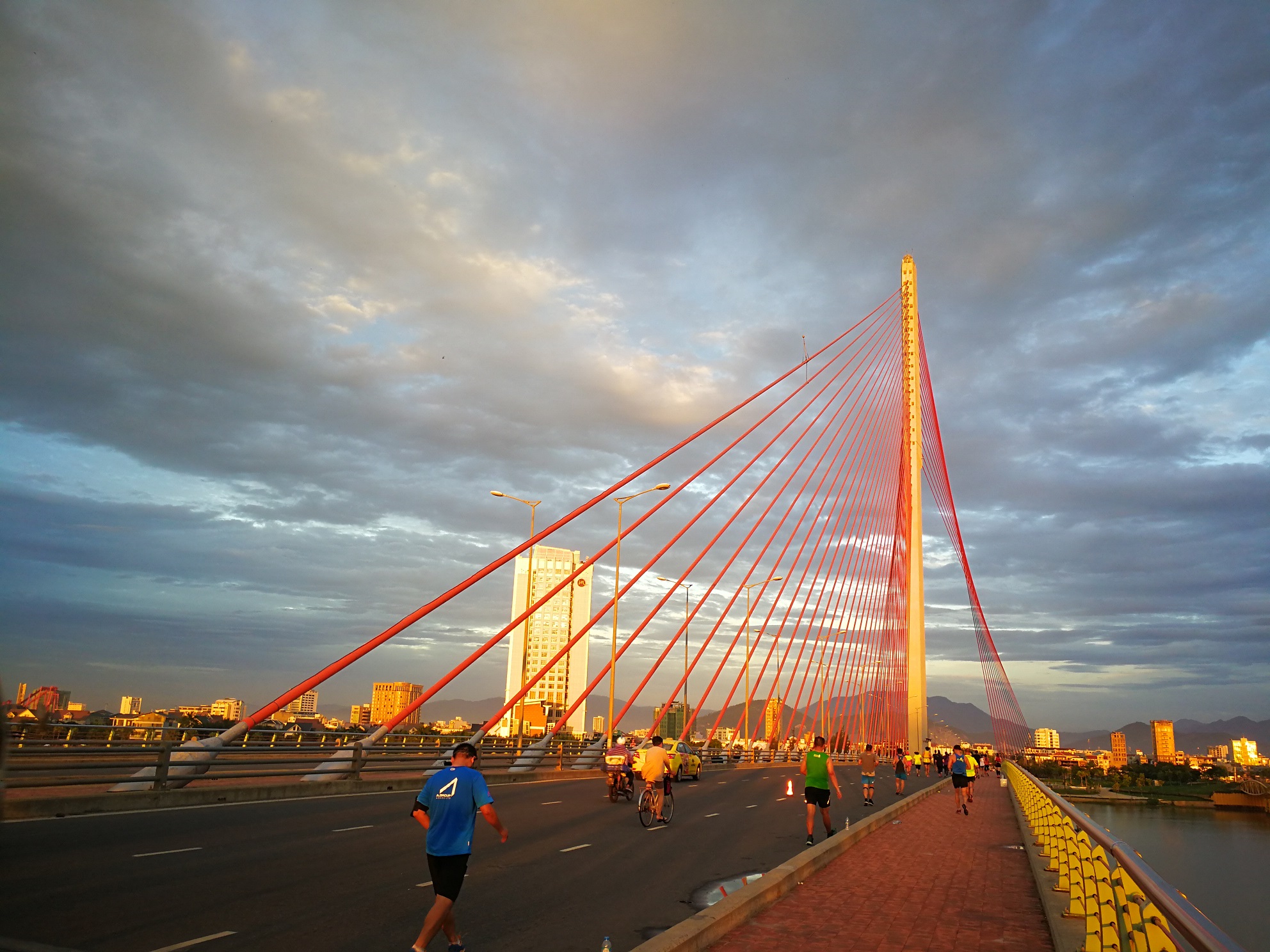
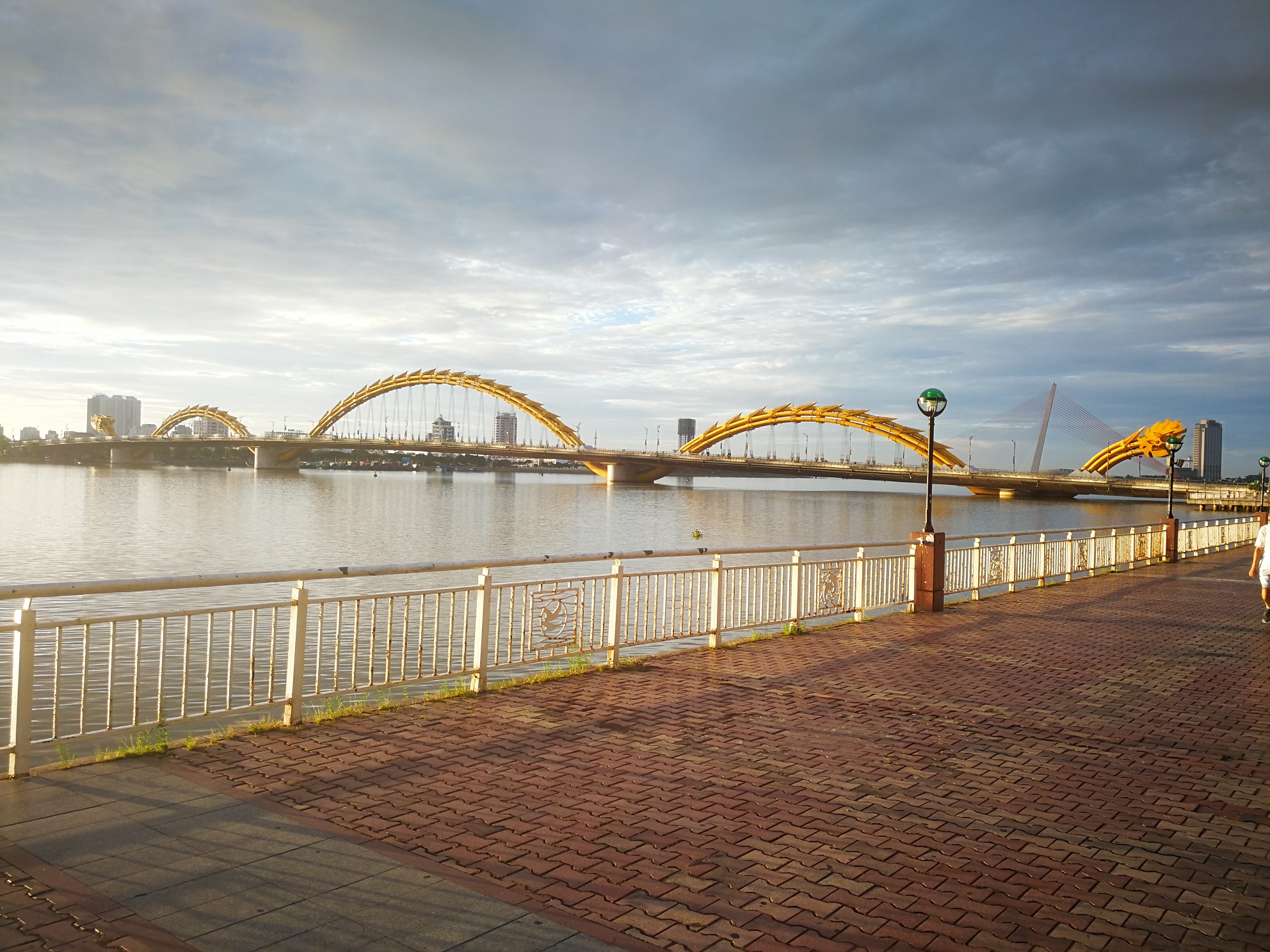
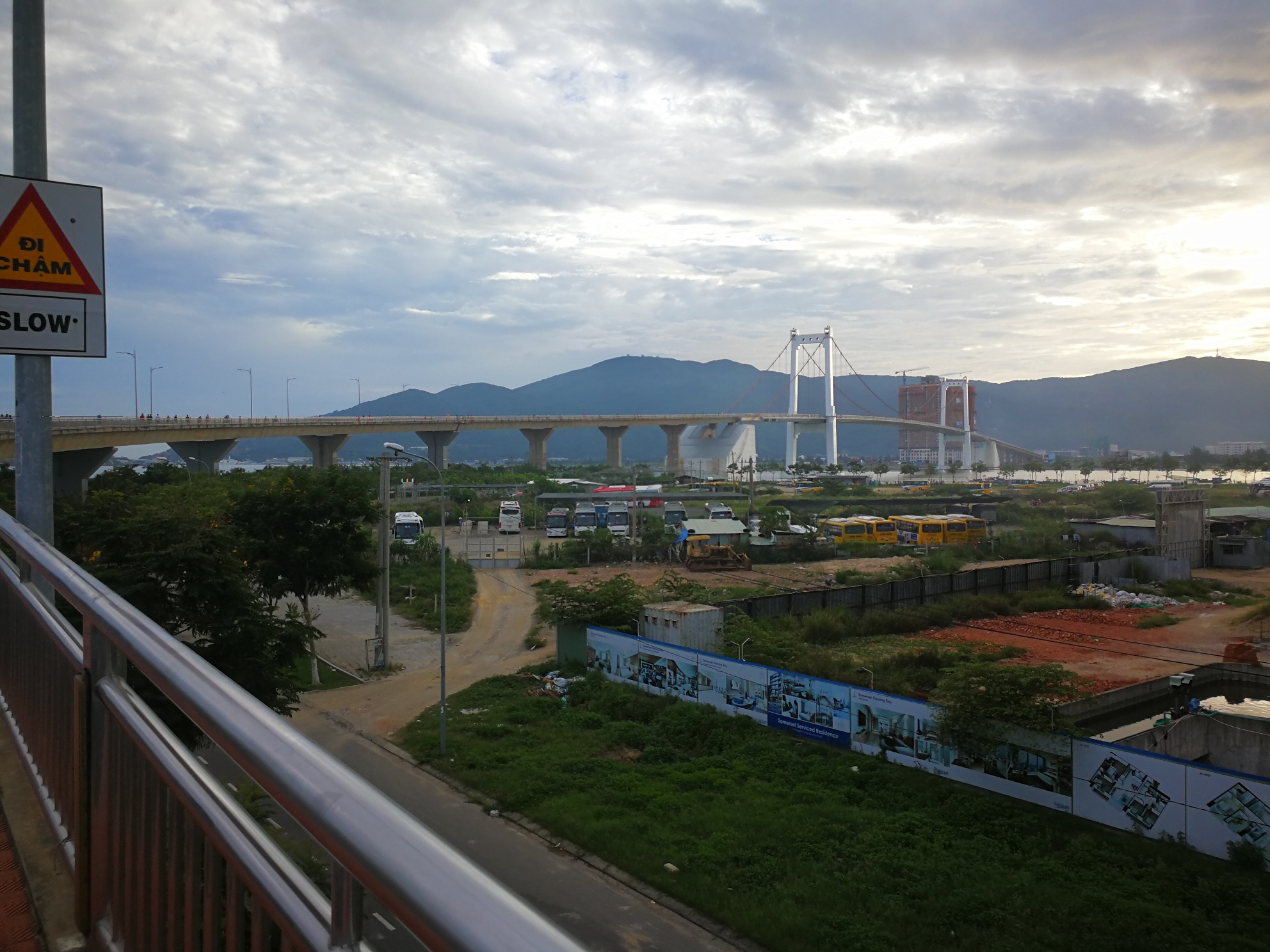
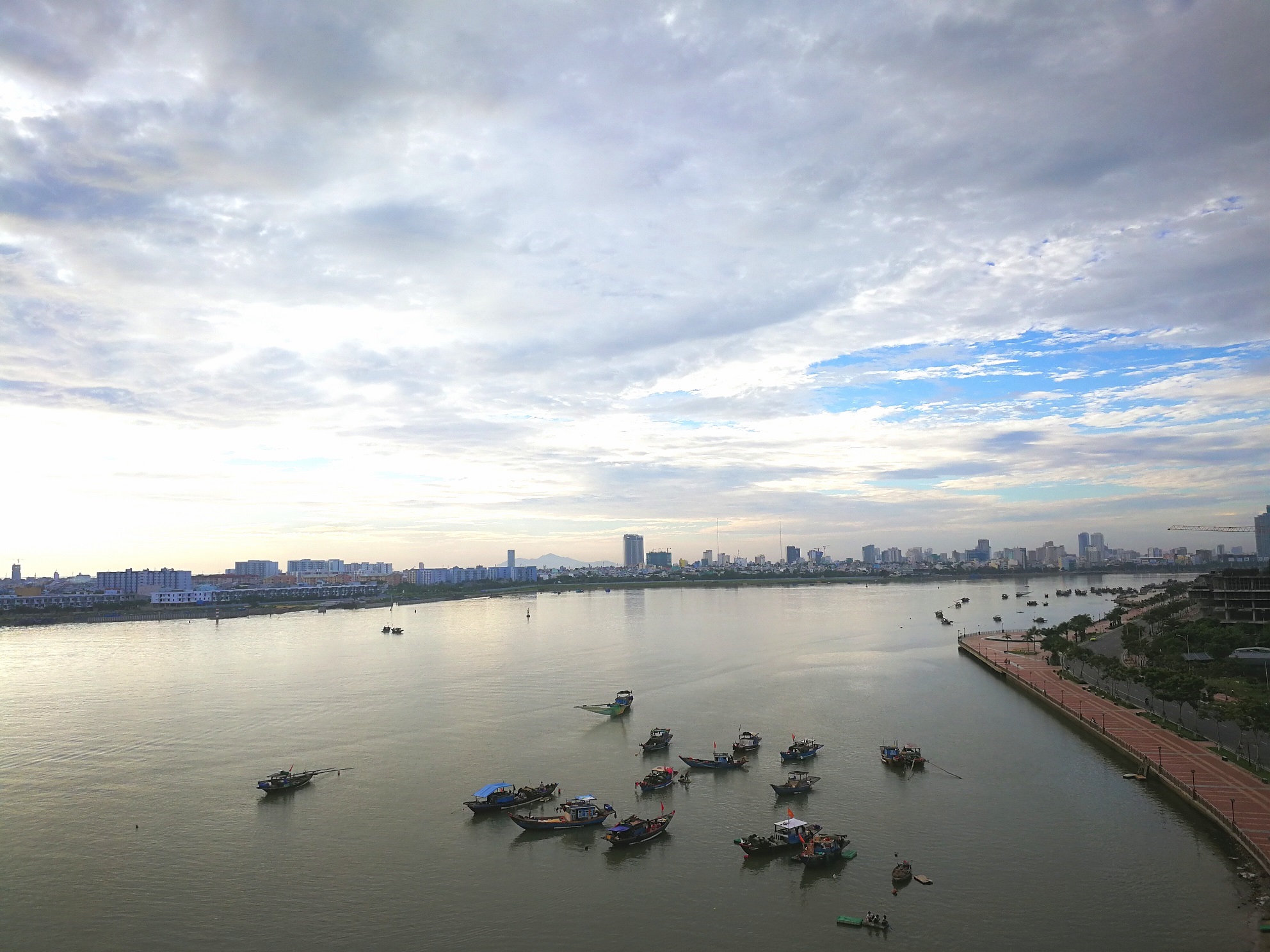



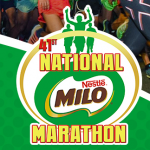 ANGELES CITY – National athlete Miscelle Gilbuena and first-time winner James Kevin Cruz ruled the latest 41st National MILO Marathon regional qualifier held Sunday (August 6) at the Clark Parade Grounds. This mark’s the race’s return to the city after successfully hosting the 2015 National Finals.
ANGELES CITY – National athlete Miscelle Gilbuena and first-time winner James Kevin Cruz ruled the latest 41st National MILO Marathon regional qualifier held Sunday (August 6) at the Clark Parade Grounds. This mark’s the race’s return to the city after successfully hosting the 2015 National Finals.

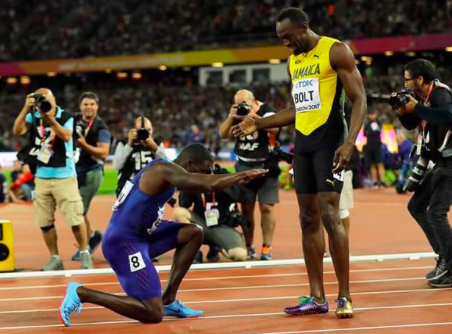

 Photo Credits: Athletics NSW
Photo Credits: Athletics NSW Photo Credits: Running Designer
Photo Credits: Running Designer 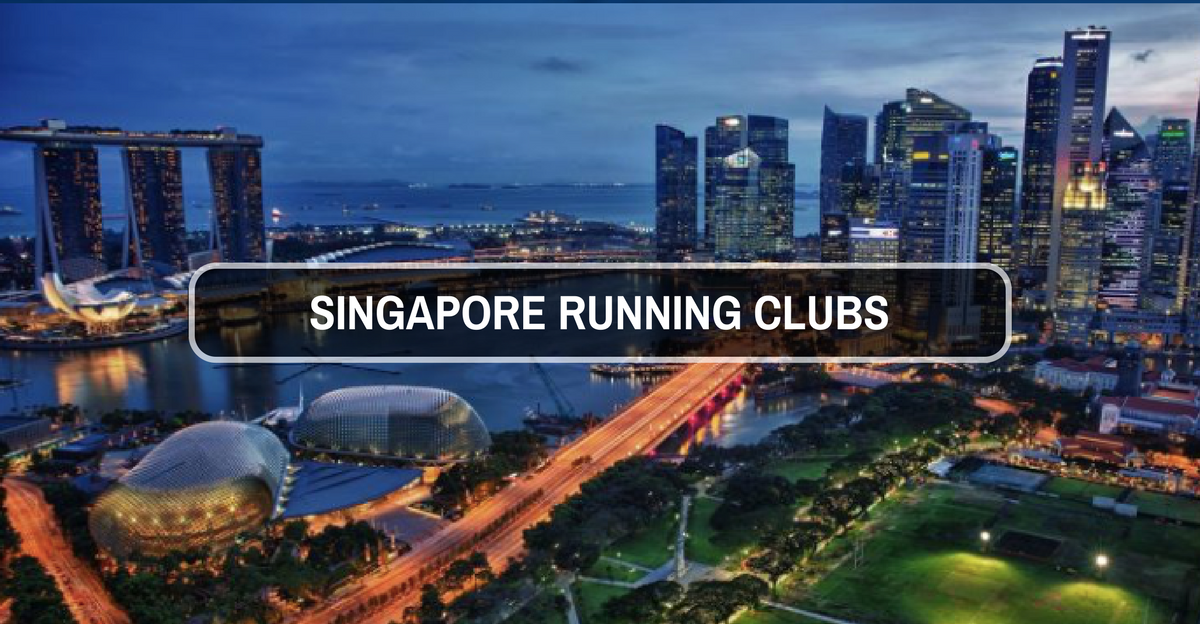
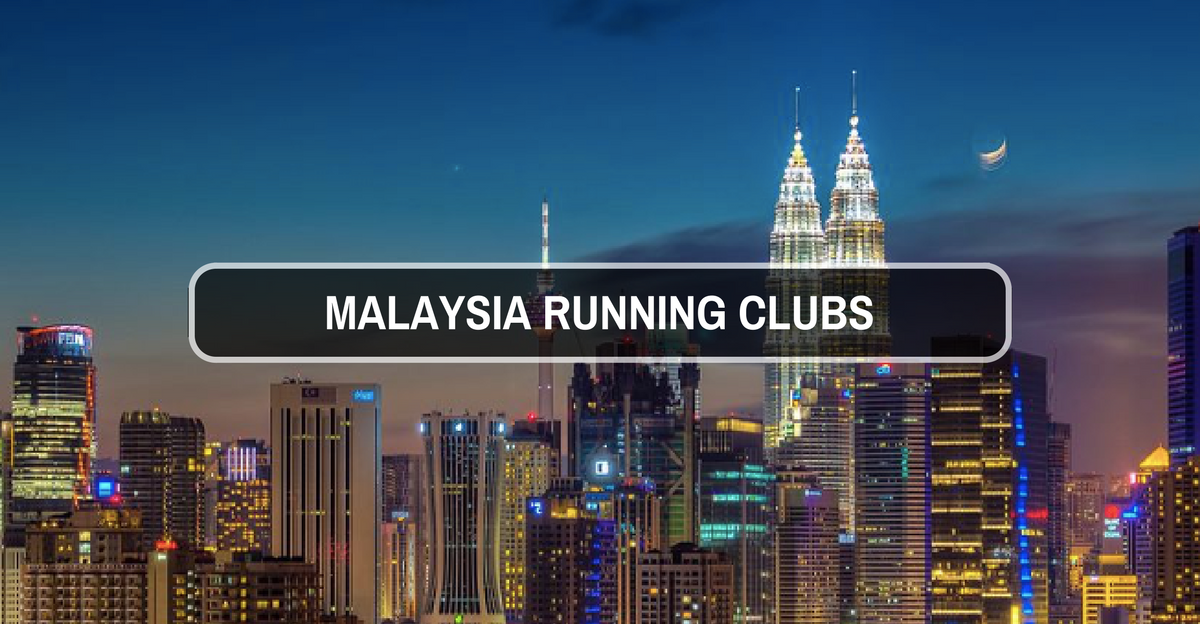

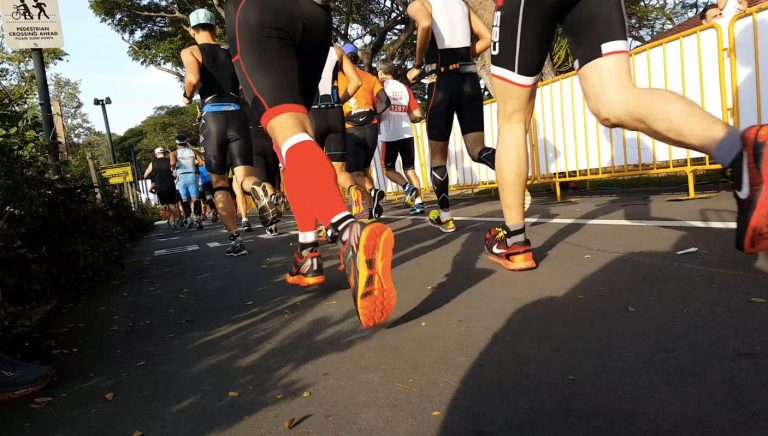
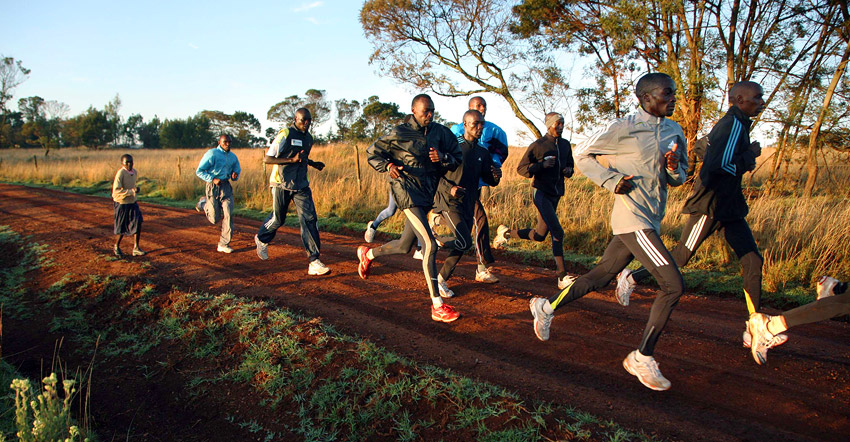







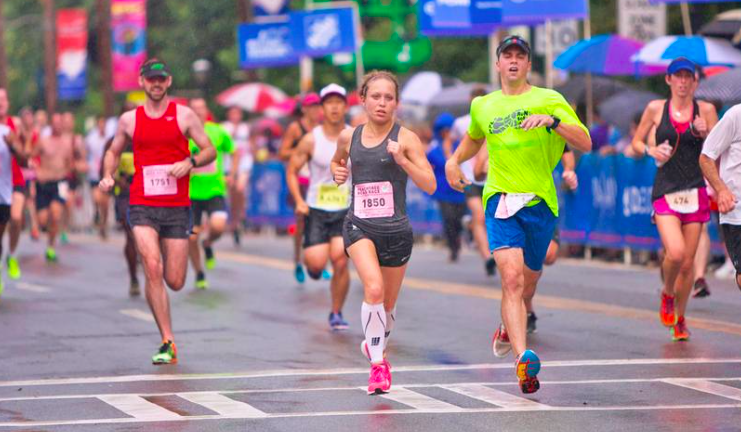
 Photo Credits: Runners Connect
Photo Credits: Runners Connect
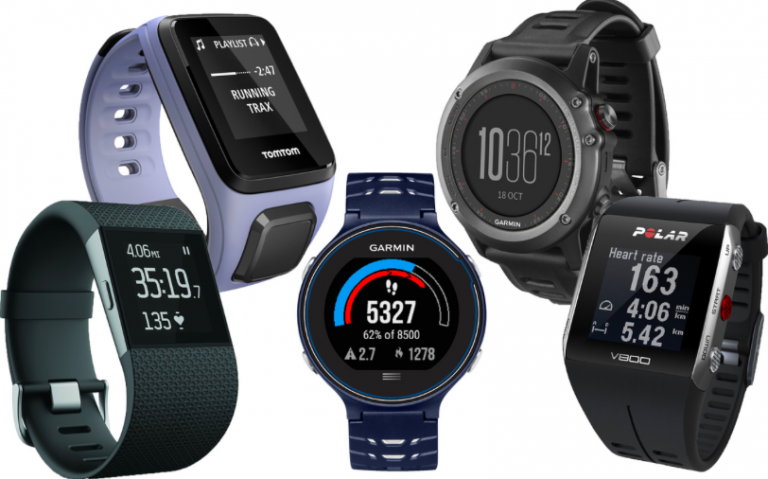
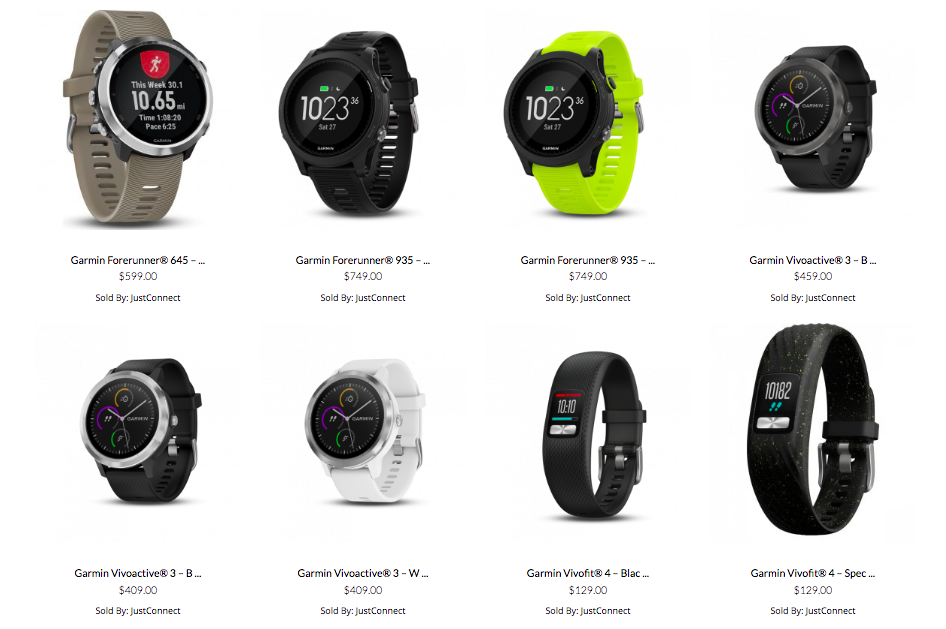
![My Race Against Cancer 2017 [10km] (by Lingderella) My Race Against Cancer 2017 [10km] (by Lingderella)](https://www.justrunlah.com/wp-content/uploads/2017/07/IMG_3196-768x576.jpg)


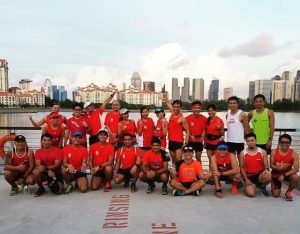


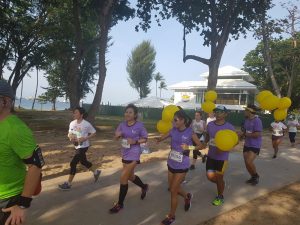
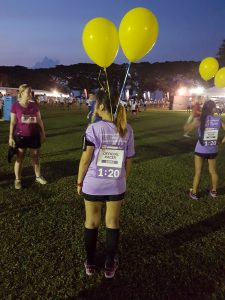
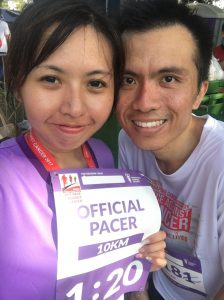

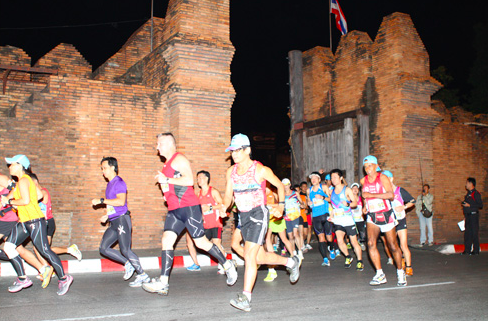 Photo Credits: Chiang Mai Marathon
Photo Credits: Chiang Mai Marathon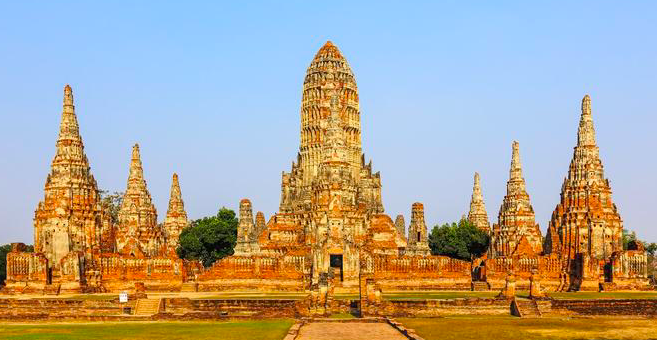 Photo Credits: Viator
Photo Credits: Viator Photo Credits: Phuket.com
Photo Credits: Phuket.com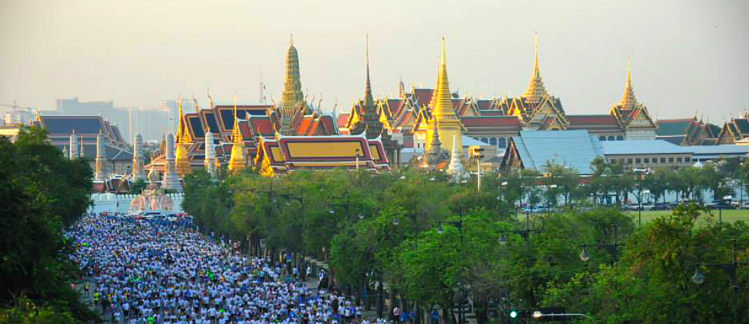 Photo Credits: Bangkok Marathon
Photo Credits: Bangkok Marathon
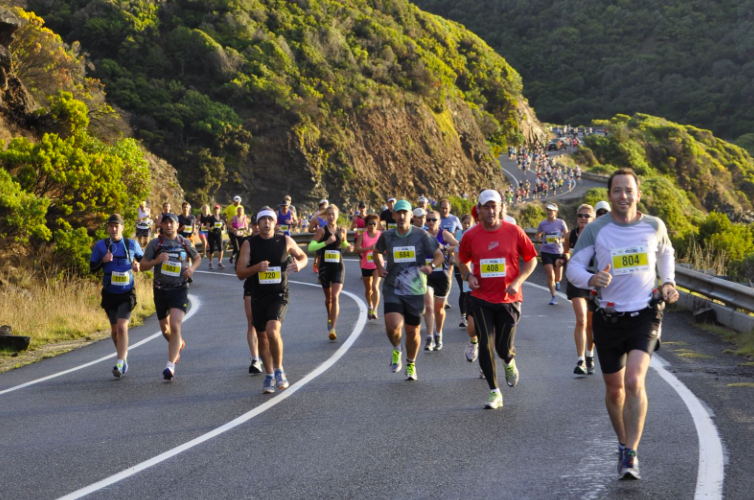 Photo Credits: Great Ocean Road Marathon
Photo Credits: Great Ocean Road Marathon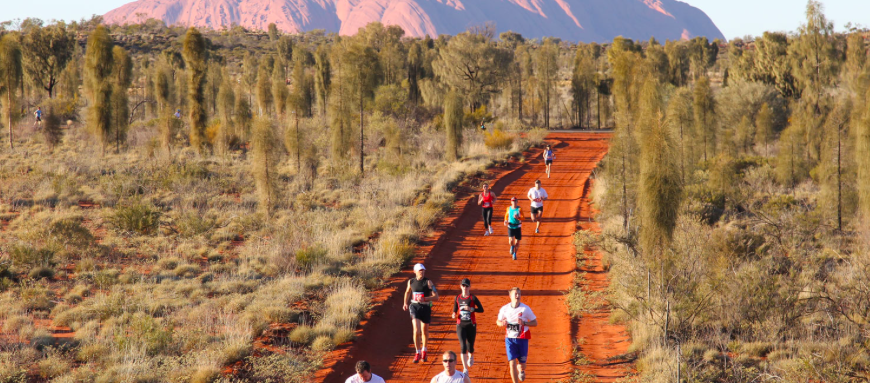 Photo Credits: Australian Outback Marathon
Photo Credits: Australian Outback Marathon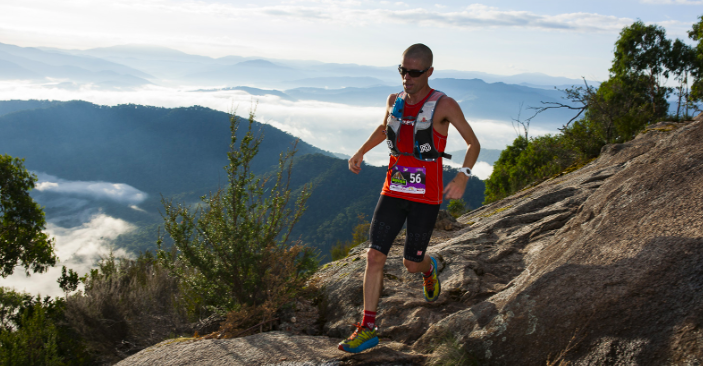 Photo Credits: Mountain Running
Photo Credits: Mountain Running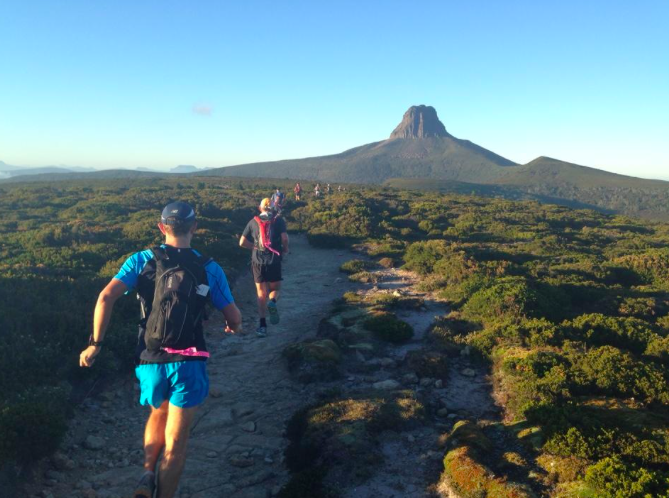 Photo Credits: Trail Running Mag
Photo Credits: Trail Running Mag